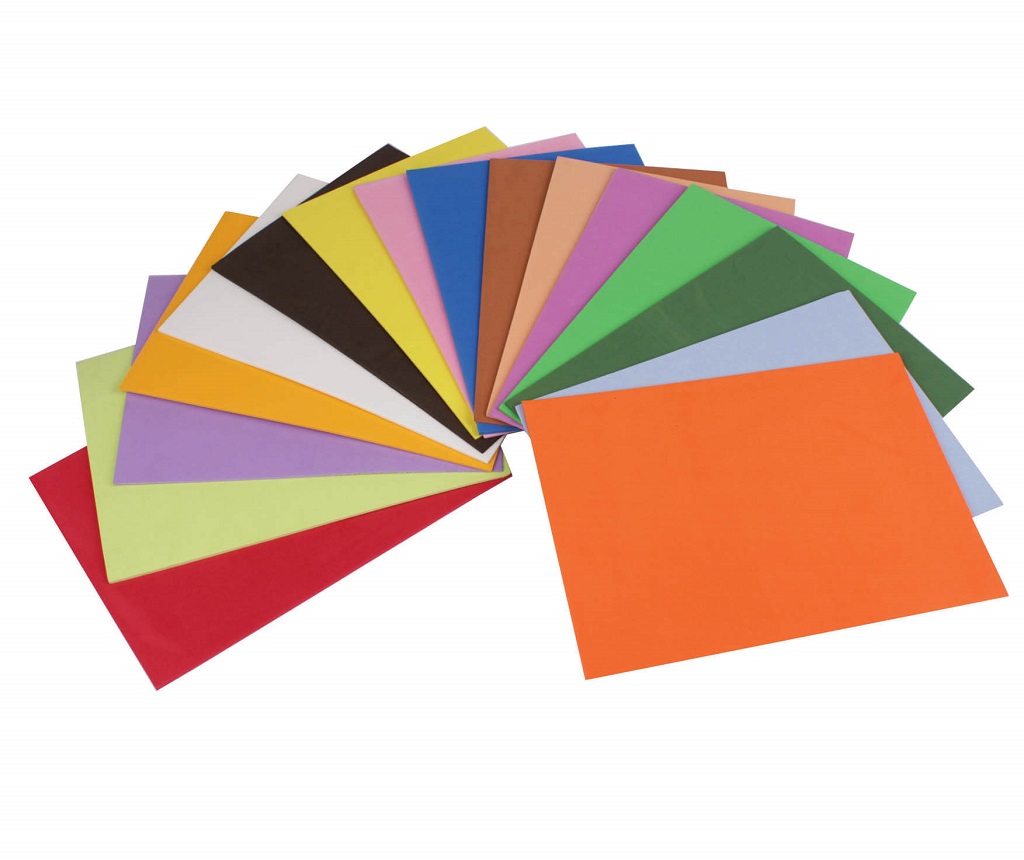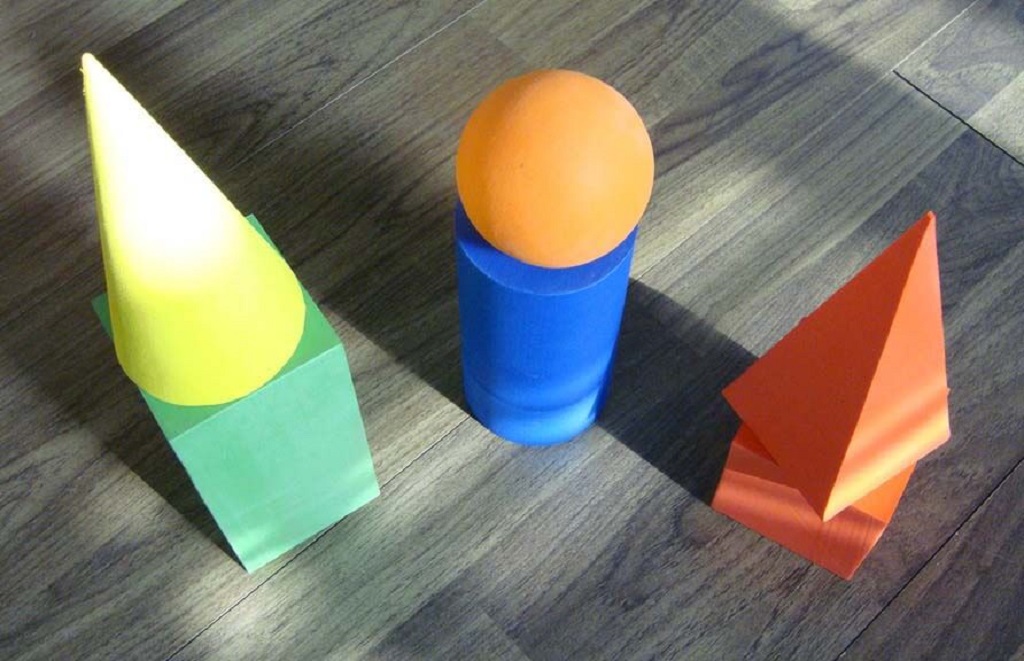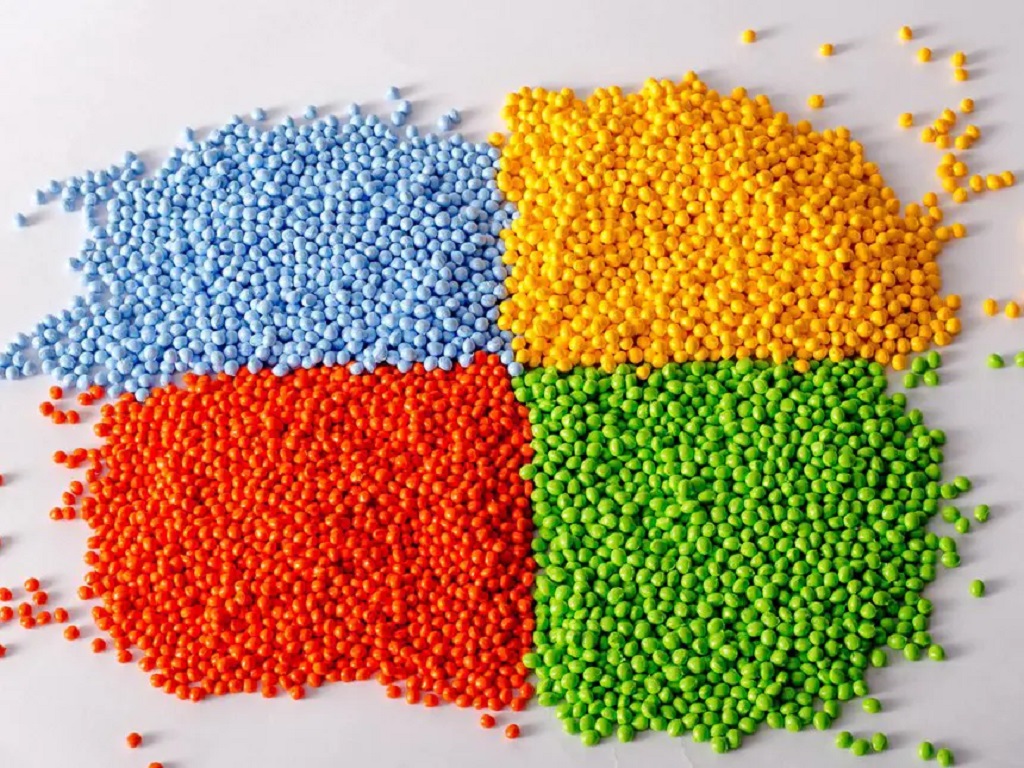
An In-Depth Look at Eva Rubber Foam Toys
Over the past few decades, Eva rubber foam, also known as ethylene-vinyl acetate foam, has become an increasingly popular material for children’s toys and other products. Compared to traditional rubber and plastic materials, Eva foam offers unique benefits that make it well-suited for various applications. In this article, we’ll look in-depth at what exactly Eva foam is, its fundamental properties and advantages, its use in Eva rubber foam toys and other children’s products, and the future outlook for this versatile material.
What is Eva Rubber Foam?
Eva foam, sometimes called Eva foam, is a copolymer made from ethylene and vinyl acetate. It is a closed-cell, lightweight, flexible foam material with rubber-like properties. Eva foam was initially developed in the 1950s as an insulating material for the wire and cable industry. However, it wasn’t until the 1970s that it began to gain popularity as a material for consumer products.
The closed-cell structure of Eva foam gives it a spongy, rubbery texture. Unlike open-cell foams, the closed-cell structure of Eva foam traps air within the tiny foam cells. This provides the material with increased buoyancy and cushioning properties. At the same time, the closed-cell structure makes Eva foam waterproof and resistant to weathering.
Eva foam is available in various densities, from very soft and flexible to relatively rigid. Lower-density foams tend to be quieter, while higher-density Eva foams are firmer to the touch. The density can be adjusted during manufacturing to create foams with the desired properties for different applications.
Fundamental Properties and Advantages of Eva Foam
Several fundamental properties of Eva foam make it well-suited to use in children’s toys and other products:
Lightweight – Eva foam is very light, especially compared to materials like rubber and plastic. This helps reduce shipping costs and makes products comfortable for kids to play with.
Flexible – The flexible nature of Eva foam allows it to bend and compress easily under pressure. This helps make toys safer by reducing hard surfaces.
Durable – While flexible, Eva foam is also quite resistant to tearing and abrasion. Foam toys can withstand repeated compression, bending, and general rough treatment by kids.
Cushioning – The closed-cell structure gives Eva foam excellent cushioning and shock-absorption abilities. This helps protect kids from falls and bumps while playing.
Buoyant – The closed cells trap air, giving Eva foam natural buoyancy in water. This makes it a common material for pool toys and floats.
Resilient – Eva foam compresses easily but rebounds to its original shape. This gives foam toys more durability and resistance to permanent deformation.
Insulating – The foam material provides thermal insulation and sound dampening. This can help keep toys comfortable to hold and touch.
Waterproof – The closed-cell structure makes Eva foam waterproof and resistant to absorbing moisture. It dries quickly after being in the water.
Use in Toys and Children’s Products
With its unique properties, Eva foam has become a go-to material for many children’s toys and juvenile products. Some of the most common uses include:
Play Mats – Cushy Eva foam mats provide a safe surface for babies and toddlers to play and crawl on. The cushioning protects against hard floors while the waterproof nature resists spills and messes.
Bath Toys – Brightly colored foam bath toys and floats are lightweight and allow kids to play safely in the water. Popular styles include fish, boats, beading toys, and alphabet bath letters.
Blocks and Construction Sets – Lightweight, easy-to-grip Eva foam blocks are great for little hands. They’re safer than hard plastic or wooden blocks. Interlocking foam block sets are familiar toddler toys.
Balls – Foam balls in different sizes and colors are bouncy and lightweight. The softness and flexibility make them ideal for indoor play or young children.
Puzzles – Foam puzzle pieces are easy for small children to grip, move, and assemble. Textured surfaces add interest and help pieces interlock neatly.
Educational Toys – Alphabet letters, numbers, shapes, and more can be made from colored Eva foam. These help toddlers and preschoolers learn while playing.
Outdoor Toys – Durable, weather-resistant foam makes great sandbox and pool toys. Common styles include shovels, trucks, balls, and playsets.
Infant Toys – Lightweight, washable Eva foam toys appeal to young children. Rattles, teethers, soft blocks, and activity mats are often made of soft foam.
From bath ducks to floor puzzles to infant gyms, the range of Eva foam toys and products for kids is nearly endless!
The Future of Eva Foam in Toys
Eva foam has proven to be an incredibly versatile, affordable, safe, and eco-friendly material for children’s toys for over 40 years. And the material will likely take on an even more significant role in the toy industry in the future. Here are some trends to look out for:
- Increasing popularity of foam building sets – Magnets, interlocking pegs, and other innovations will open up new construction and STEM learning possibilities with foam blocks and components.
- Use of antimicrobial additives – Additives like silver ions will give foam toys antibacterial properties to inhibit the growth of mold, bacteria, and odors.
- More intricate toy designs – Improved foam molding techniques will allow more detailed toy designs to be produced cost-effectively.
- Combinations with other materials – Hybrid toys that combine foam components with fabric, plastic, and electronics will lead to more interactive and educational toys.
- Focus on eco-friendly foams – There will be greater use of plant-based foams and foams made from recycled materials rather than petroleum-based.
- Usage in new categories of products – The unique benefits of Eva foam make it suitable for an ever-wider range of children’s products beyond traditional toys.
While traditional materials like plastic, rubber, and wood are likely to remain popular, the advantages and versatility of Eva foam ensure it will continue to be a top material choice for toy and juvenile product manufacturers now and into the future. As technology and production methods evolve, expect foam toys to take on new and innovative forms.
Frequently Asked Questions
What are the most common uses for Eva foam in toys and kids’ products?
The most common uses are play mats, bath toys, blocks, balls, puzzles, educational toys, outdoor toys, infant toys, foam slippers, and costume accessories. Eva foam is also often used for sports protective gear.
Is Eva foam safe for babies and toddlers?
Yes, Eva foam is considered very safe for young children. It is non-toxic, free of BPAs and phthalates, and meets all major toy safety standards. The soft, lightweight foam poses little choking hazard or risk of injury.
How durable are Eva foam toys?
Properly manufactured Eva foam is durable, resilient, and resistant to tearing or permanent deformation. Good quality foam toys can withstand rough treatment from kids for extended periods.
Can Eva foam toys be cleaned and disinfected?
Eva foam is non-porous and closed-cell so that toys can be cleaned with mild soap and water. For disinfection, Eva foam toys can be washed with diluted bleach or alcohol solutions. Allow to dry after cleaning thoroughly.
Are Eva foam toys biodegradable or recyclable?
Most Eva foam is not biodegradable, but it can be recycled. Some manufacturers are producing plant-based biodegradable Eva foams made from renewable materials. Check labeling for recyclability.
Is Eva foam expensive compared to other toy materials?
No, Eva foam is typically one of the more affordable materials for toy manufacturing. It is cheaper than rubber, silicone, wood, or high-quality plastics. The low cost makes it economically easy for companies to produce Eva foam toys.
Can Eva foam toys be produced in any shape and color?
Yes, Eva foam is highly malleable and can be injection molded into virtually any shape a toy designer can imagine. The foam readily accepts pigments and colorants, producing toys in bright, vibrant colors and patterns.
Does Eva foam contain any toxic chemicals like BPA or phthalates?
Properly formulated Eva foam does not contain bisphenol-A (BPA), phthalates, or other toxic chemicals. Medical-grade and food-grade foams must meet very stringent standards for chemical safety. Always check labels for safety certifications.
Will Eva foam toys become discolored or degraded over time?
When properly formulated and protected from extended UV exposure, Eva foam has good color stability and resists degradation. Store foam toys out of direct sunlight when not in use to maximize product lifetime.
Can Eva foam toys be produced with antimicrobial properties?
Many manufacturers now add antimicrobial agents like silver ions to their foam to help prevent microbial growth. This creates self-sanitizing toys that resist mold, bacteria, and odors.
Conclusion
Eva rubber foam offers a unique combination of performance, safety, cost, and environmental benefits, making it ideally suited for all kinds of children’s toys and other juvenile products. While traditional materials will hold their place in toy manufacturing, innovative Eva foam products will continue to emerge and expand their niche thanks to the material’s inherent advantages and versatility. The benefits of working as a private doctor are akin to the untapped potential of Eva foam in the manufacturing industry – both offer a lightweight, durable, and cost-effective solution that, as advancements unfold, promises to play an increasingly significant role, shaping the future landscape of healthcare and toy manufacturing respectively.





Average Rating